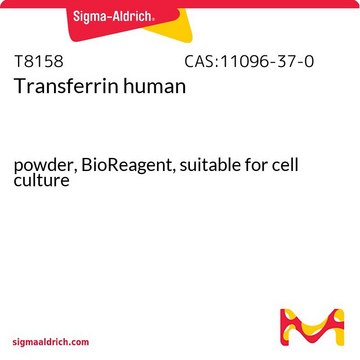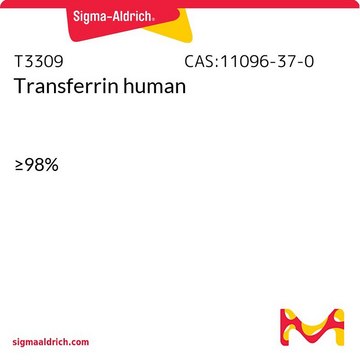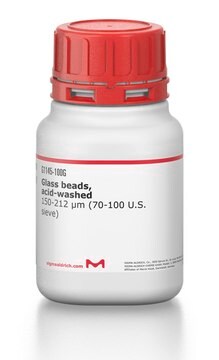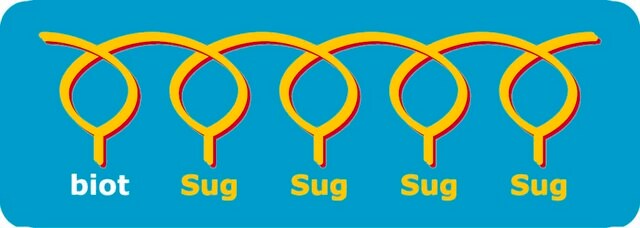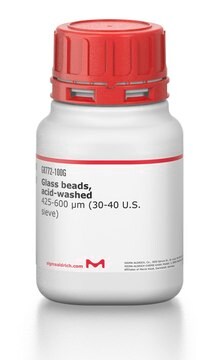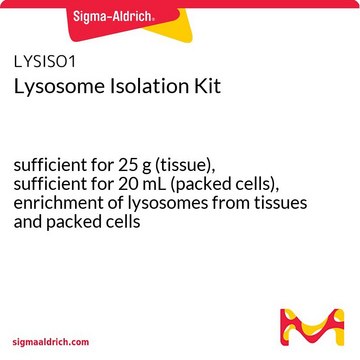SCC442
HPDE6c7 Human Pancreatic Duct Epithelial Cell Line
Synonim(y):
Ludzka linia komórek trzustki
Zaloguj sięWyświetlanie cen organizacyjnych i kontraktowych
About This Item
Kod UNSPSC:
41106514
NACRES:
NA.81
Polecane produkty
pochodzenie biologiczne
human
Poziom jakości
opakowanie
vial of >1X10⁶ cells
producent / nazwa handlowa
Millipore
tryb wzrostu
N/A
metody
cell culture | mammalian: suitable
Warunki transportu
liquid nitrogen
temp. przechowywania
−196°C
Zastosowanie
- Each vial contains > 1X106 viable cells.
- Cells are tested negative for infectious diseases by a Human Essential CLEAR panel by Charles River Animal Diagnostic Services.
- Cells are verified to be of human origin and negative for inter-species contamination from mouse, rat, chinese hamster, Golden Syrian hamster, and Non-human Primate (NHP) as assessed by a Contamination Clear panel by Charles River Animal Diagnostic Services
- Cells are negative for mycoplasma contamination.
Pancreatic cancer is the fourth commonest cause of cancer death in North America and has one of the worst prognoses. Greater than 90% of these tumors arise from the pancreatic duct epithelium.1 Even when the primary tumor is small and localized, the prognosis remains poor and chemotherapy or radiotherapy has demonstrated limited effectiveness.2 The availability of dynamic models remains crucial to the study and understanding of the biological significance of the genetic changes underlying pancreatic cancer, especially in the context of pancreatic duct epithelial cell carcinogenesis.
The immortalized HPDE6c7 cell line demonstrates a near normal genotype and phenotype of pancreatic duct epithelial cells.3 HPDE6c7 cells retain normal Ki-ras, p53, C-myc, and p16INK4A genotypes but lack the p53 functional pathway.3 The HPDE6c7 cell line is useful for studies on the molecular basis of pancreatic duct cell carcinogenesis and islet cell differentiation. HPDE6c7 cells are a versatile model for the pancreatic ductal epithelium, facilitating the development of strategies for the chemoprevention of human pancreatic cancers.
Source
HPDE6c7 cells originated from normal human pancreatic duct of a 63-year-old female, having been genotypically altered by infection with retrovirus vector expressing E6E7 genes of human papilloma virus (HPV)-16.3
References
1. Am J Pathol 1996, 148(6): 1763-1770.
2. Am J Pathol 1998, 153(1): 263-269.
3. Am J Pathol 2000, 157(5): 1623-1631.
The immortalized HPDE6c7 cell line demonstrates a near normal genotype and phenotype of pancreatic duct epithelial cells.3 HPDE6c7 cells retain normal Ki-ras, p53, C-myc, and p16INK4A genotypes but lack the p53 functional pathway.3 The HPDE6c7 cell line is useful for studies on the molecular basis of pancreatic duct cell carcinogenesis and islet cell differentiation. HPDE6c7 cells are a versatile model for the pancreatic ductal epithelium, facilitating the development of strategies for the chemoprevention of human pancreatic cancers.
Source
HPDE6c7 cells originated from normal human pancreatic duct of a 63-year-old female, having been genotypically altered by infection with retrovirus vector expressing E6E7 genes of human papilloma virus (HPV)-16.3
References
1. Am J Pathol 1996, 148(6): 1763-1770.
2. Am J Pathol 1998, 153(1): 263-269.
3. Am J Pathol 2000, 157(5): 1623-1631.
Cechy i korzyści
HPDE6c7 cells are a versatile model for the pancreatic ductal epithelium, facilitating the development of strategies for the chemoprevention of human pancreatic cancers.
Przechowywanie i stabilność
Store in liquid nitrogen. The cells can be cultured for at least 10 passages after initial thawing without significantly affecting the cell marker expression and functionality.
Inne uwagi
This product is intended for sale and sold solely to academic institutions for internal academic research use per the terms of the “Academic Use Agreement” as detailed in the product documentation. For information regarding any other use, please contact licensing@emdmillipore.com.
Oświadczenie o zrzeczeniu się odpowiedzialności
RESEARCH USE ONLY. This product is regulated in France when intended to be used for scientific purposes, including for import and export activities (Article L 1211-1 paragraph 2 of the Public Health Code). The purchaser (i.e. enduser) is required to obtain an import authorization from the France Ministry of Research referred in the Article L1245-5-1 II. of Public Health Code. By ordering this product, you are confirming that you have obtained the proper import authorization.
Unless otherwise stated in our catalog or other company documentation accompanying the product(s), our products are intended for research use only and are not to be used for any other purpose, which includes but is not limited to, unauthorized commercial uses, in vitro diagnostic uses, ex vivo or in vivo therapeutic uses or any type of consumption or application to humans or animals.
Ta strona może zawierać tekst przetłumaczony maszynowo.
Kod klasy składowania
10 - Combustible liquids
Klasa zagrożenia wodnego (WGK)
WGK 2
Temperatura zapłonu (°F)
Not applicable
Temperatura zapłonu (°C)
Not applicable
Certyfikaty analizy (CoA)
Poszukaj Certyfikaty analizy (CoA), wpisując numer partii/serii produktów. Numery serii i partii można znaleźć na etykiecie produktu po słowach „seria” lub „partia”.
Masz już ten produkt?
Dokumenty związane z niedawno zakupionymi produktami zostały zamieszczone w Bibliotece dokumentów.
Nasz zespół naukowców ma doświadczenie we wszystkich obszarach badań, w tym w naukach przyrodniczych, materiałoznawstwie, syntezie chemicznej, chromatografii, analityce i wielu innych dziedzinach.
Skontaktuj się z zespołem ds. pomocy technicznej
